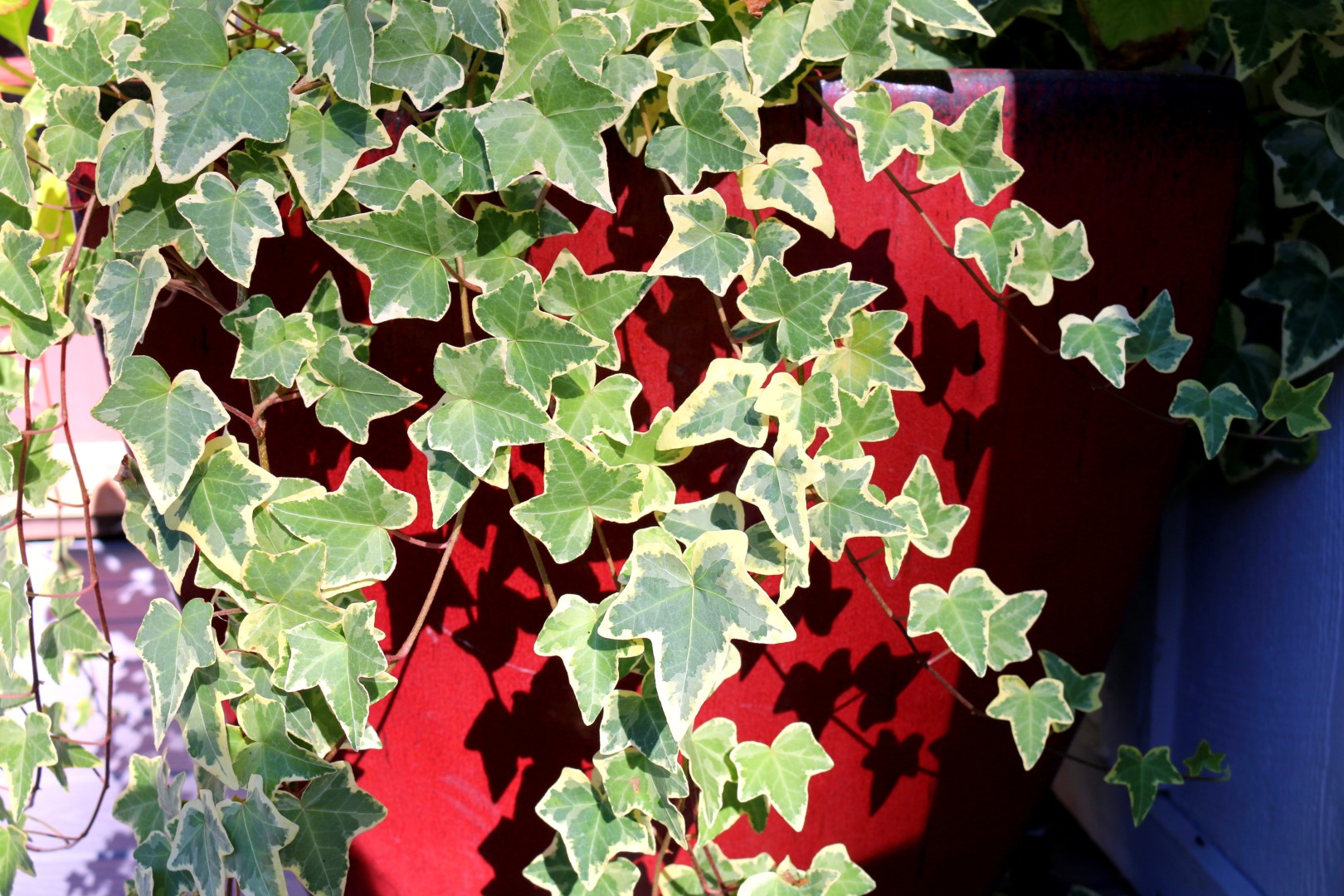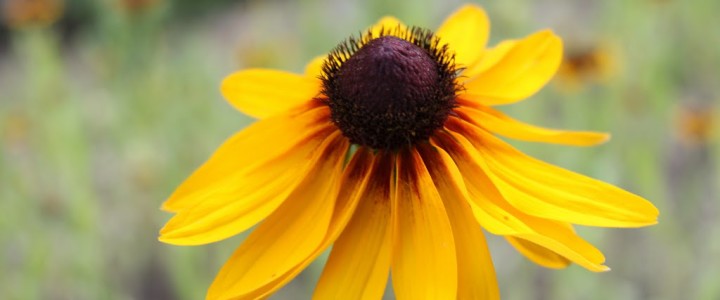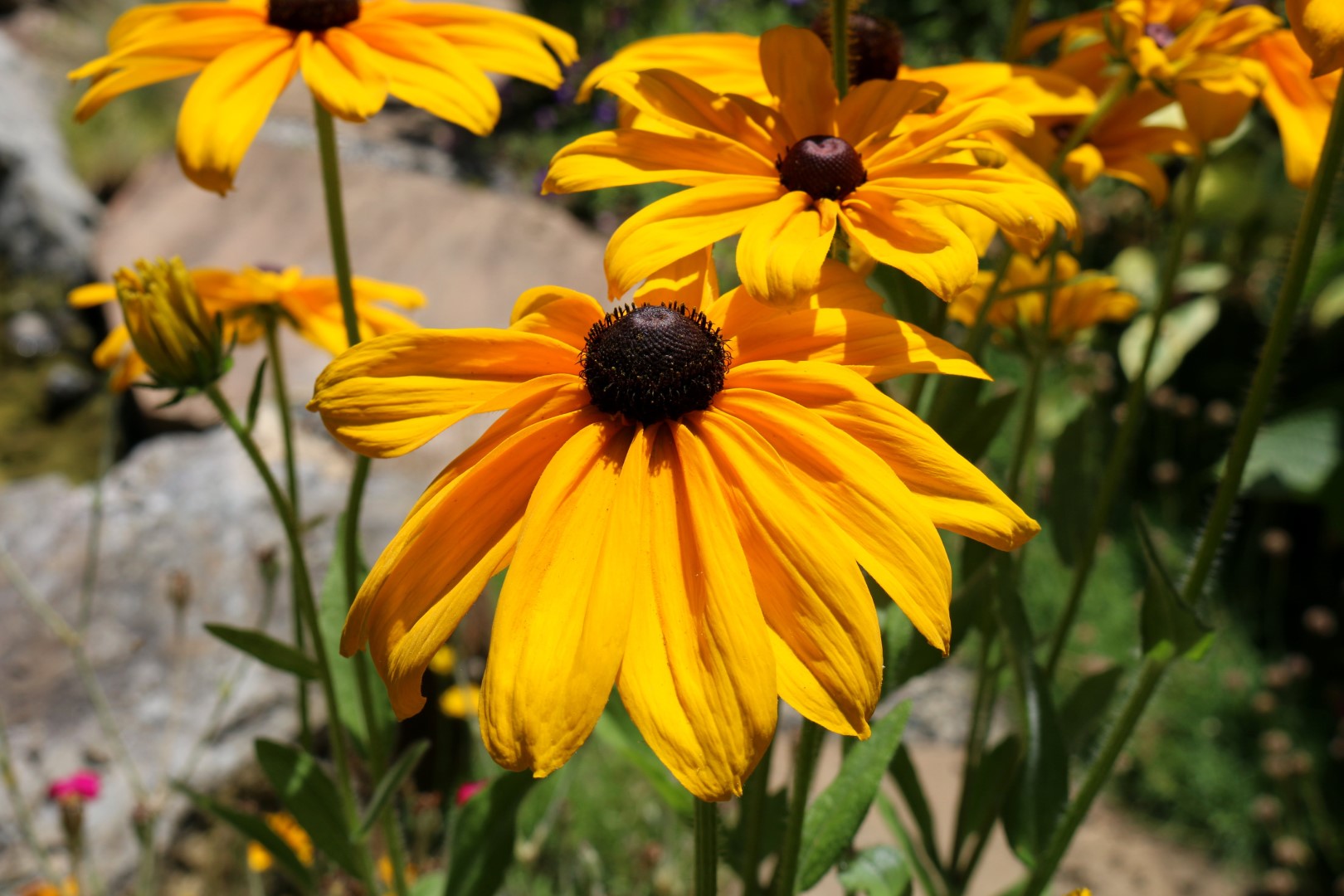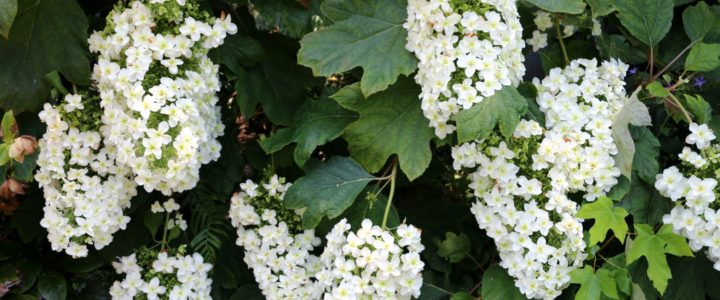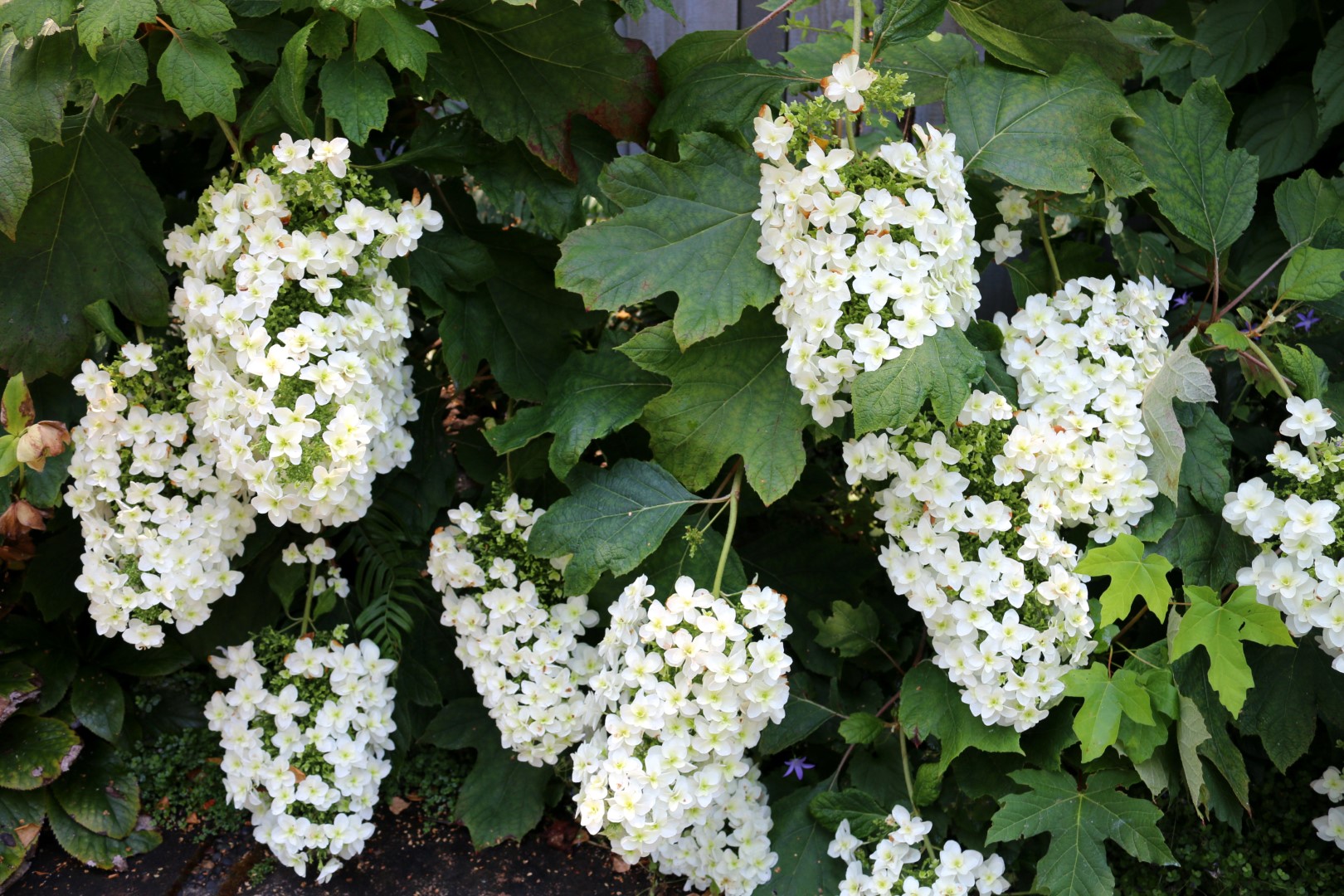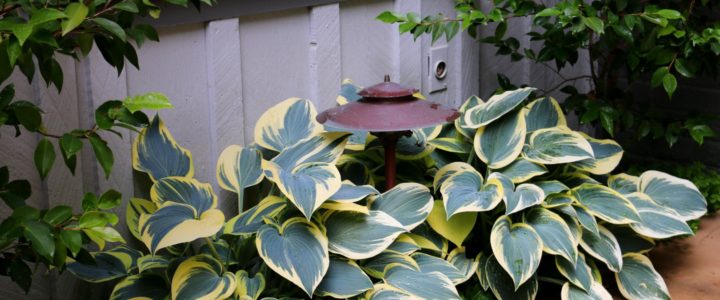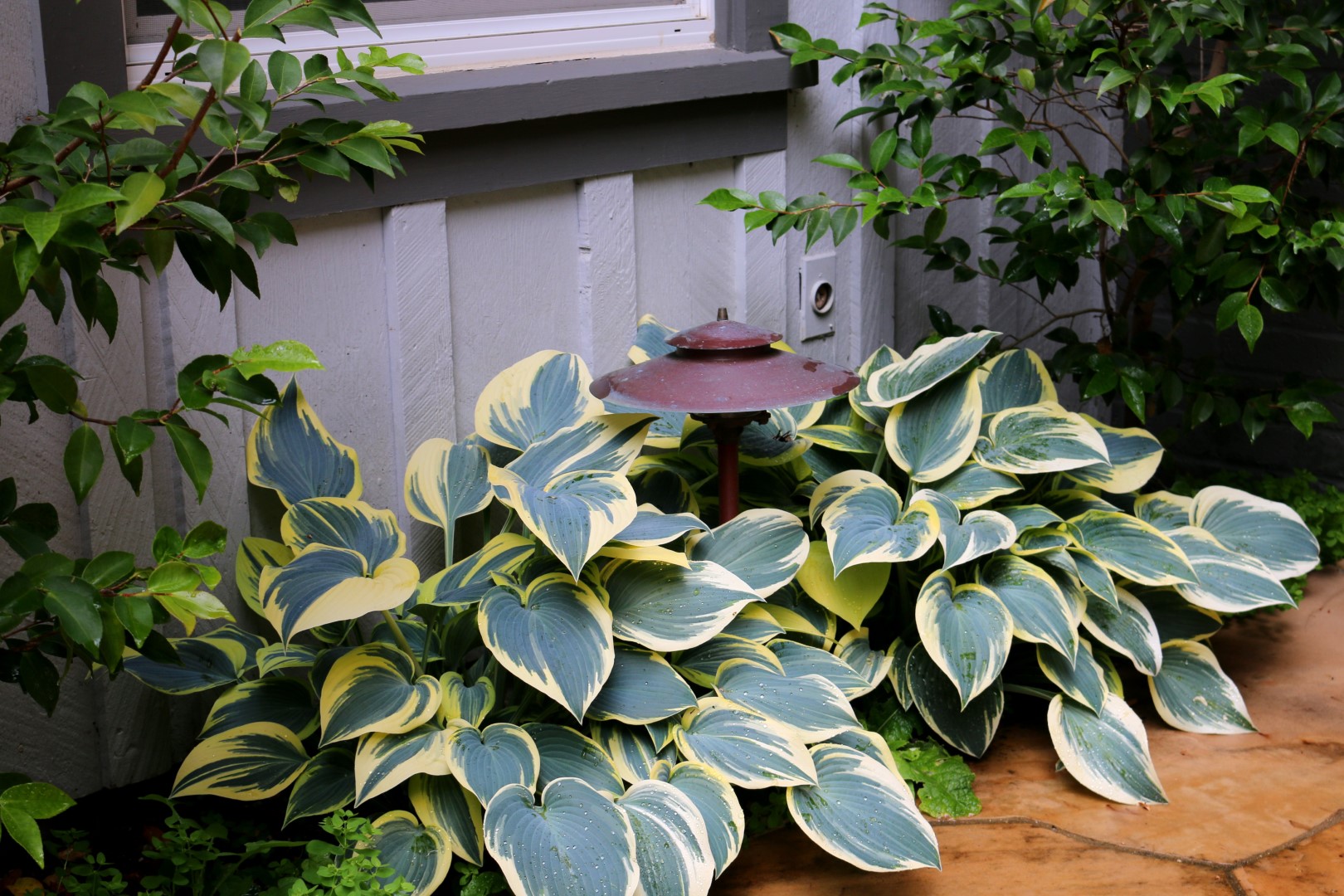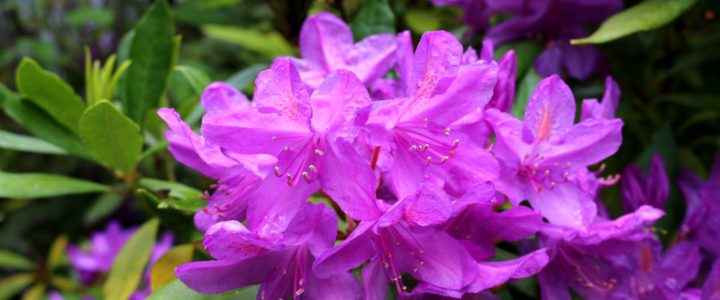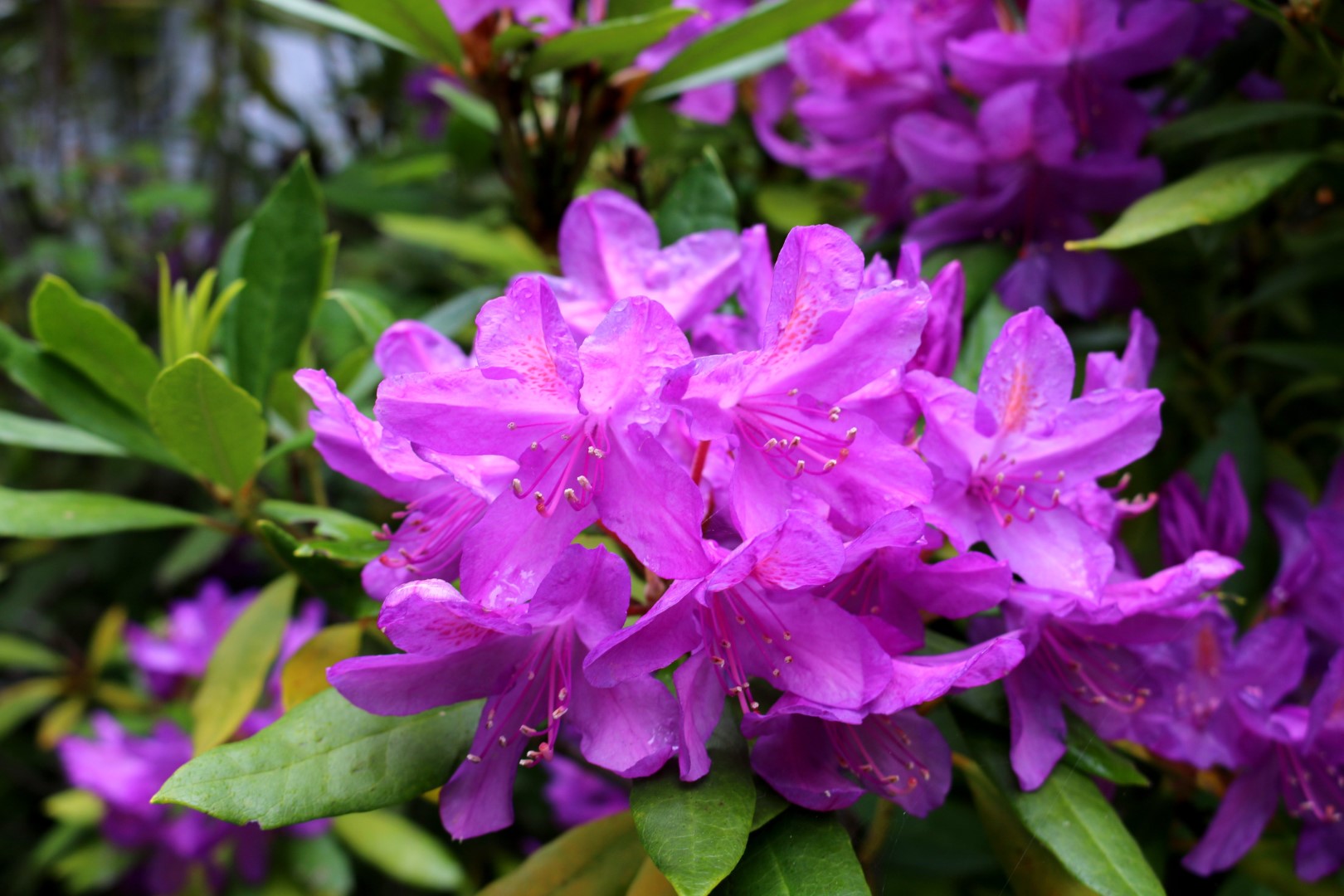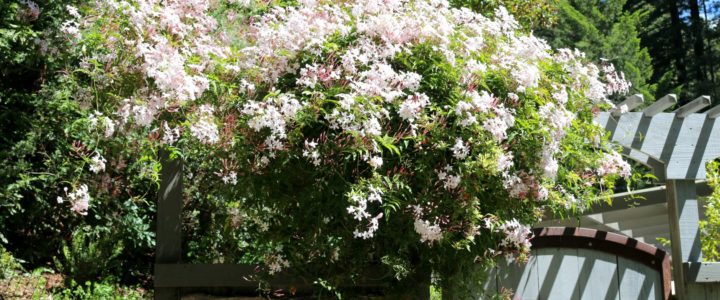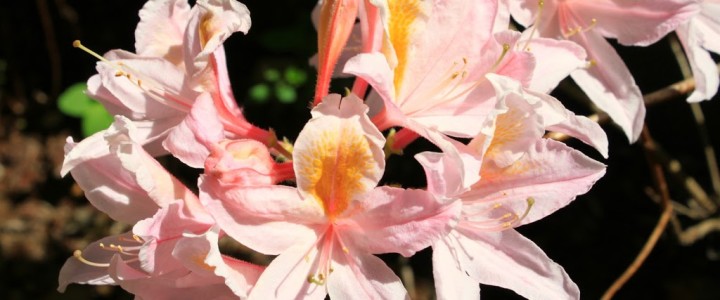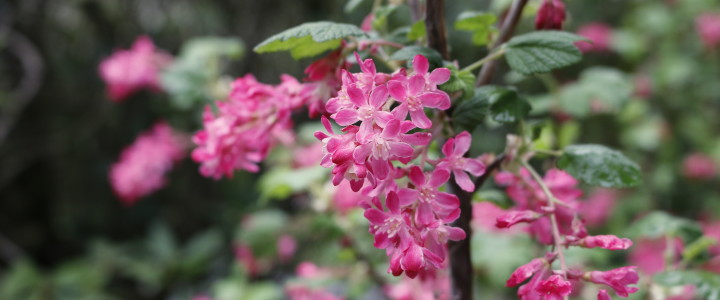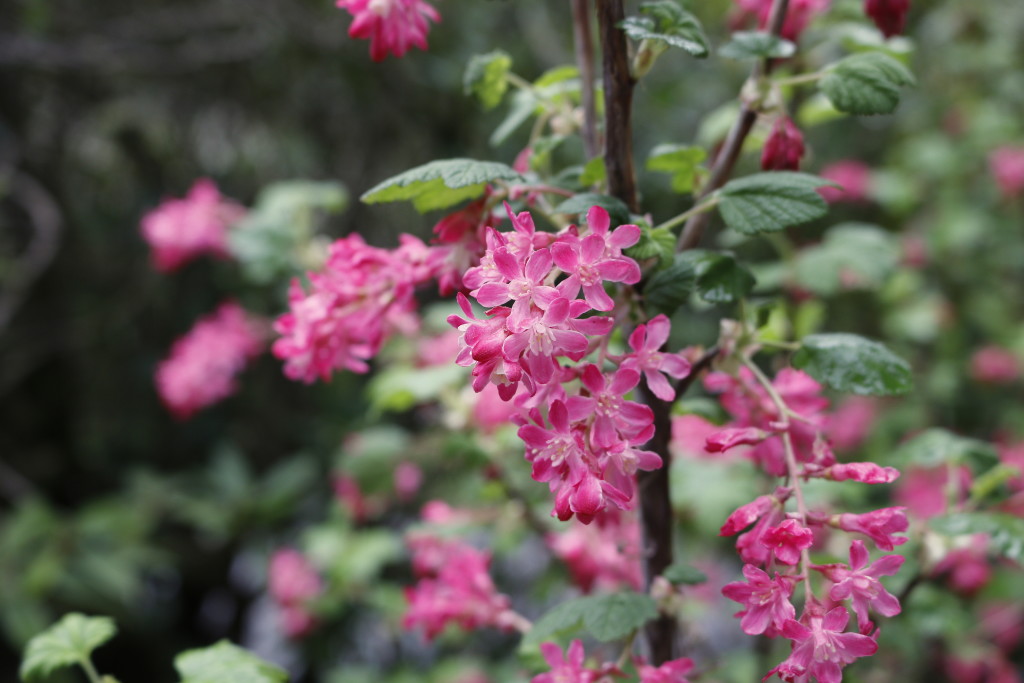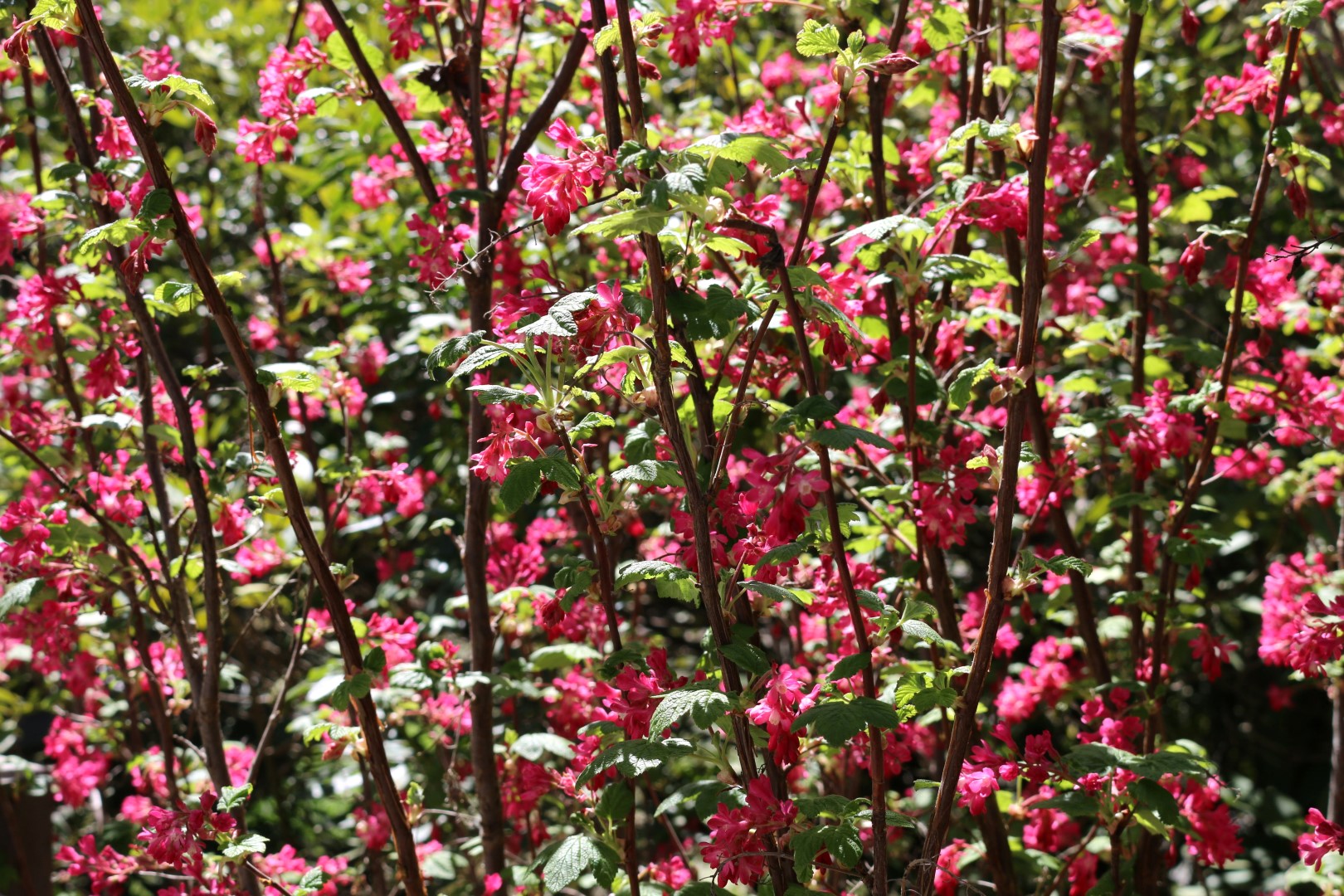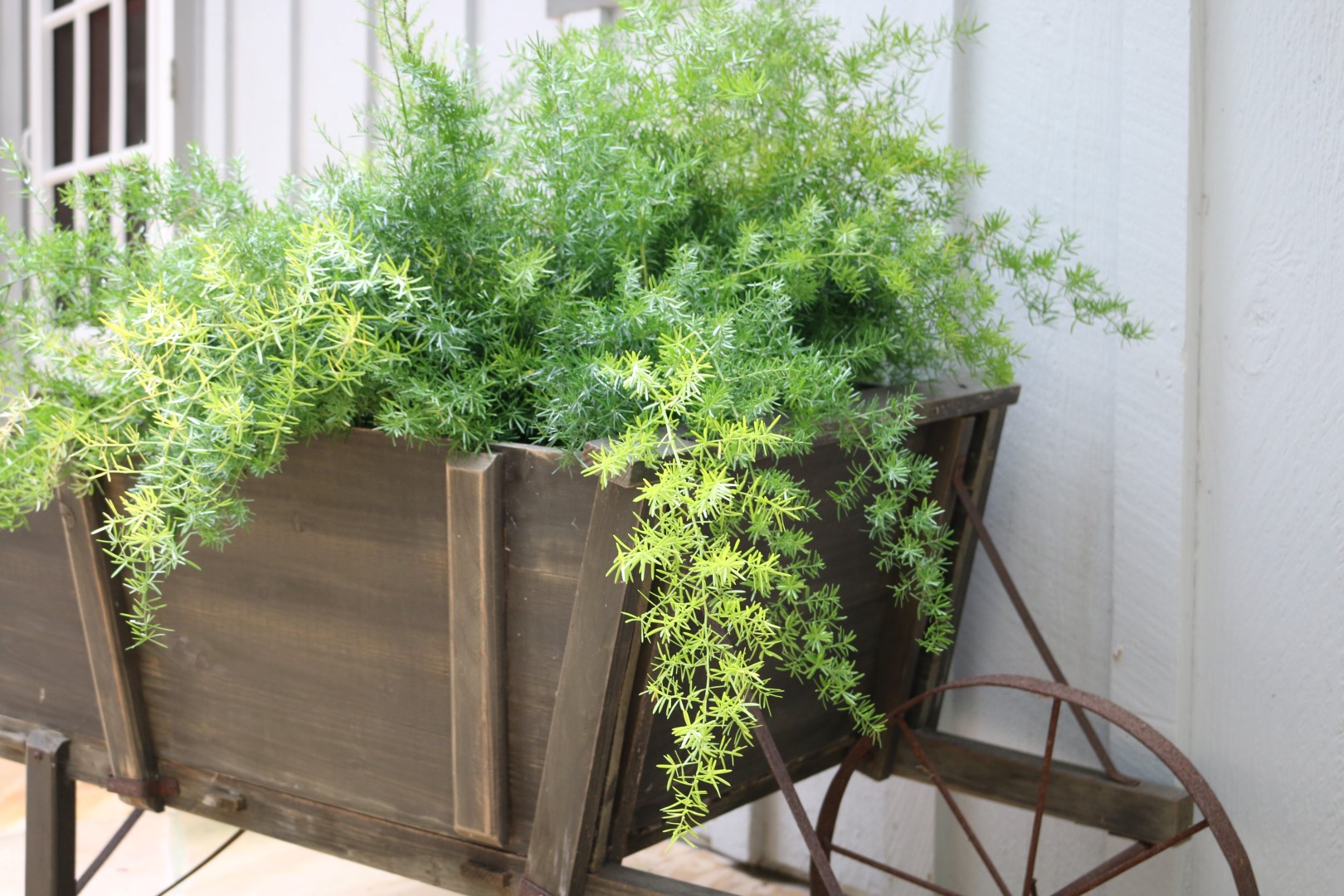English Ivy (Hedera helix) and super climbers they are. Care is a snap so you can plant it in distant and hard to reach areas without worrying about maintenance. They prefer shade although ours grow in pots and get full sun in the summer and do fine if you keep them watered. But beware these guys climb any and every object they encounter. You could set loose a plague of ivy if you don’t tame it! And, we don’t want angry neighbors.
Published by Amy on Oct 16, 2018
